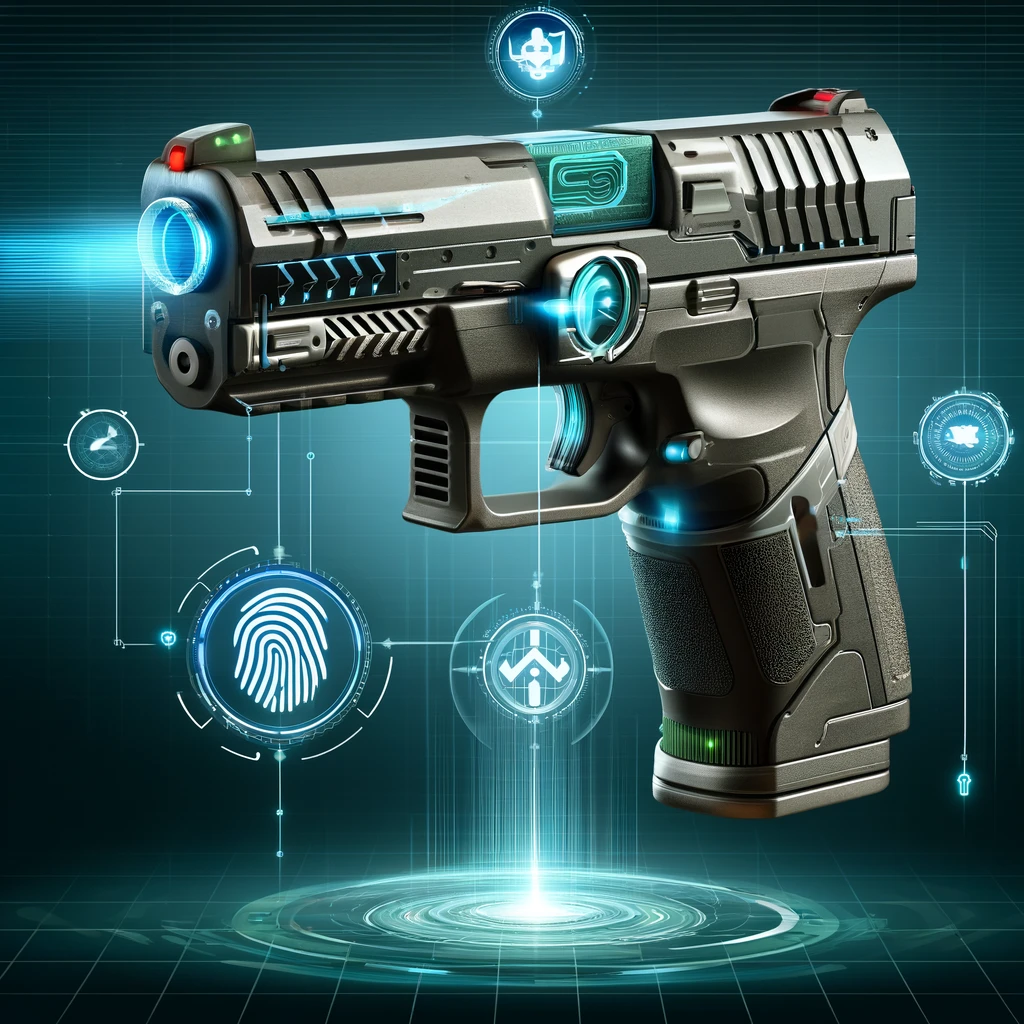
The concept of smart guns represents a fusion of technology and firearm safety, aiming to reduce gun violence and accidents through innovative design and authentication mechanisms. These firearms incorporate technology that allows them to be fired only by authorized users, identified through biometric sensors, RFID chips, or other digital security measures. The idea is to prevent unauthorized access or use, particularly by children, thieves, or anyone other than the designated owner. This concept has sparked interest and debate across various sectors, including law enforcement, technology, and gun control advocacy groups, due to its potential to impact significantly on gun safety and ownership norms.
Smart guns use advanced identification methods, such as fingerprint recognition, similar to unlocking a smartphone, or wearable devices that communicate with the gun to unlock it. Some models employ grip recognition technology, which analyzes the unique way an individual holds the gun, ensuring that it can only be used by the person whose grip has been pre-programmed into the system. These technologies aim to add a layer of safety that traditional firearms lack, potentially preventing tragic accidents and reducing the number of guns available to criminals through theft.
Despite the apparent benefits, the adoption of smart gun technology faces several challenges. One significant barrier is the concern among gun owners about reliability. The fear that a smart gun might not work when needed, due to battery failure or a malfunction in the recognition system, is a substantial obstacle to widespread acceptance. There is also resistance from those who view such technology as an infringement on gun rights or an unnecessary complication to gun ownership.
Furthermore, the development and production of smart guns are expensive, making these firearms more costly than traditional models. This price difference could limit their accessibility to the average consumer, potentially slowing their integration into the market. Additionally, there’s a debate about whether the technology could be hacked or bypassed, raising questions about the overall security and efficacy of smart guns in preventing unauthorized use.
On the regulatory front, the introduction of smart guns has prompted discussions about potential mandates requiring this technology in all firearms. Advocates argue that such regulations could drastically reduce accidental shootings and gun theft. However, opponents worry about the implications for personal freedom and the practicality of retrofitting existing firearms with smart technology.
Despite these challenges, the potential of smart guns to save lives is undeniable. They offer a promising avenue for reducing the number of accidental shootings, particularly those involving children who might find and mishandle an unsecured firearm. Smart guns could also deter the use of stolen weapons in criminal activities, as the firearms would be useless to anyone other than their rightful owners.
The journey of smart guns from concept to commonplace faces numerous hurdles, including technological, financial, and ideological challenges. However, the promise of a safer future, where gun ownership is synonymous with advanced safety measures, drives the ongoing development and discussion of these innovative firearms. As technology evolves and societal attitudes towards gun safety continue to shift, smart guns may play a pivotal role in shaping the future of firearm ownership and usage.